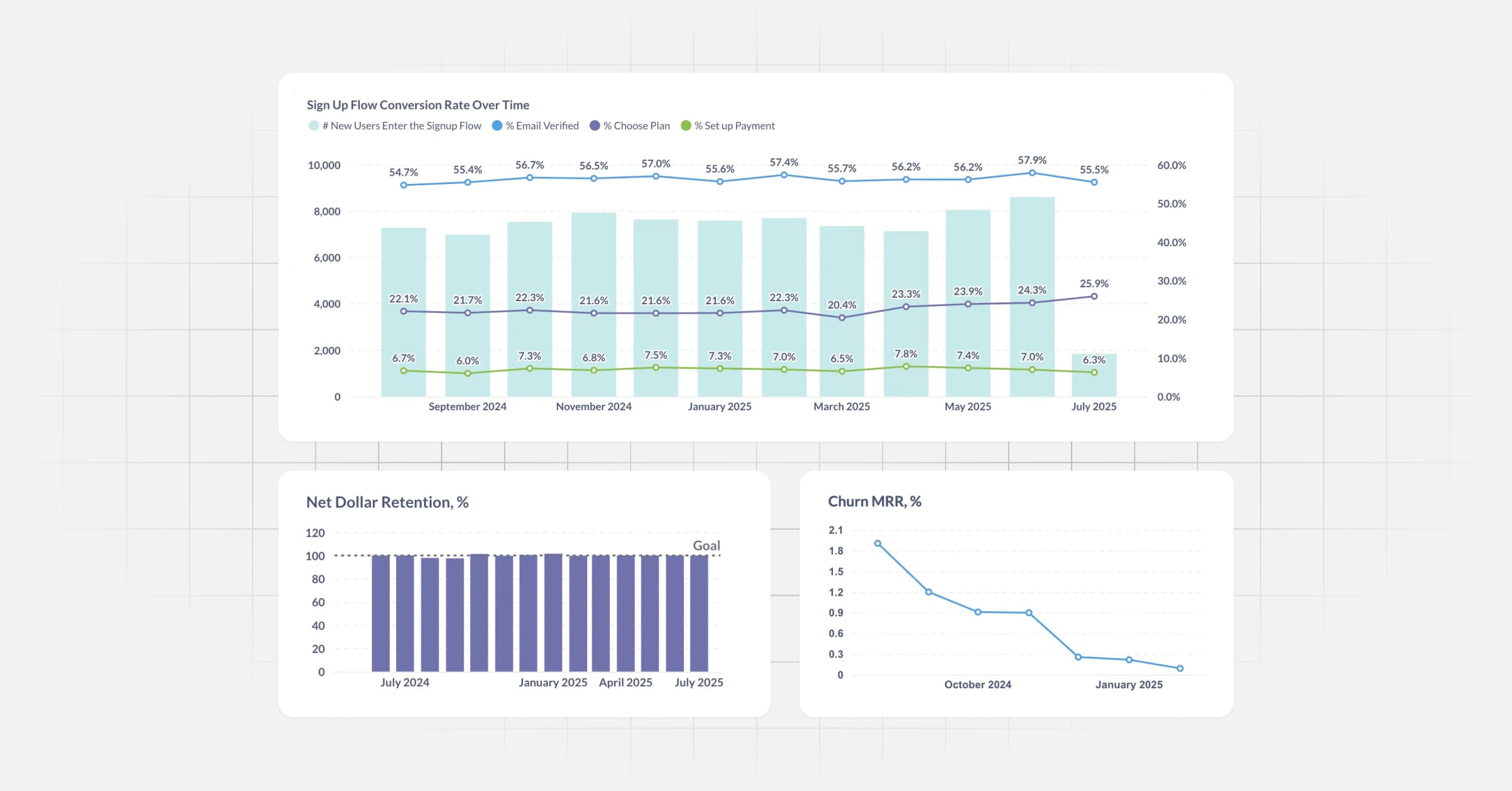What is a rule-based recommendation system?
A rule-based recommendation system uses predefined if-then rules to determine recommendations based on user behavior and attributes. Unlike machine learning models, these systems do not require complex infrastructure or retraining. They provide a structured, transparent, and efficient approach to personalization, making them particularly suitable for small teams, rapid iteration cycles, or scenarios with limited data.
When machine learning isn’t the right fit
My previous team was building out a new onboarding flow and hit a point where we wanted to do cool things around personalization and recommendations. If you look around, machine learning is seemingly baked into every established product these days. It’s really tempting to say “We need machine learning too if we’re going to be as successful as the other guys.”
But we were a small team and iterating at a rapid pace. We didn’t have the time, resources, or need for a top-notch recommendation system. We went a different route, and in our case, I think we got 80-90% of the way there with a simplified approach: Rule-based recommendations with just SQL.
Best practices for rule-based recommendation systems
Validate the problem
Determine whether recommendations provide measurable value to users. Without a clear benefit, personalization efforts may not justify the effort.
Validate the data
Assess whether user behavior varies across segments. If user groups do not exhibit meaningful differences, recommendations may not be effective.
Choose an approach: “One-by-One” vs. “Final Decision”
Two common rule-based approaches include:
- One-by-One Matching: Rules are applied sequentially, stopping at the first match. Suitable for deterministic scenarios with clear-cut logic.
- Final Decision Scoring: Multiple rules are applied, and the best option is selected based on a scoring mechanism. Effective when multiple factors influence the recommendation.
Create informed rules
Develop decision trees or scoring models using a combination of data analysis and domain expertise.
Build a v1 and iterate
Use SQL to implement the initial version, leveraging its efficiency and flexibility. Queries should:
- Extract relevant user data.
- Apply CASE statements to encode rule-based logic.
- Return personalized recommendations based on defined criteria.
Why this works
A rule-based recommendation system offers clear control, transparency, and flexibility. Unlike machine learning models, it doesn’t require retraining and can be easily adjusted as needs evolve.
For small teams or fast-paced environments, rule-based systems provide a simple, cost-effective alternative to more complex ML solutions, delivering results with far less overhead.




